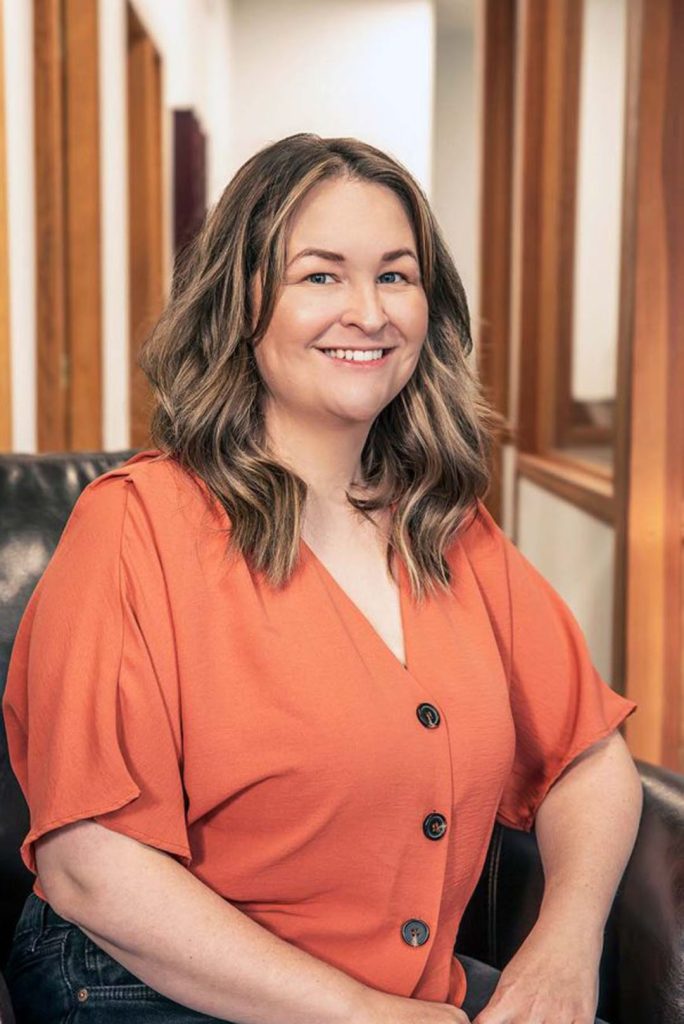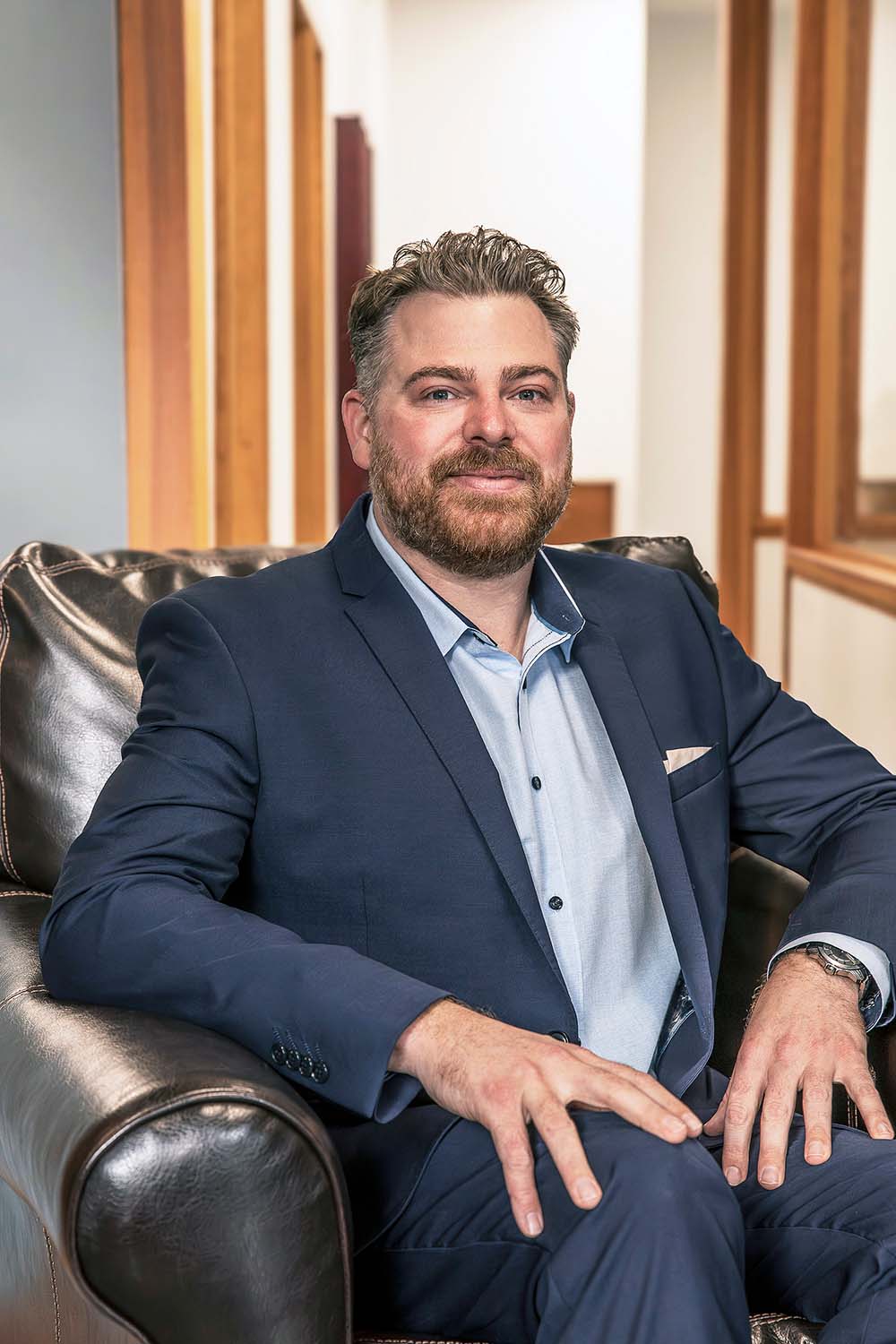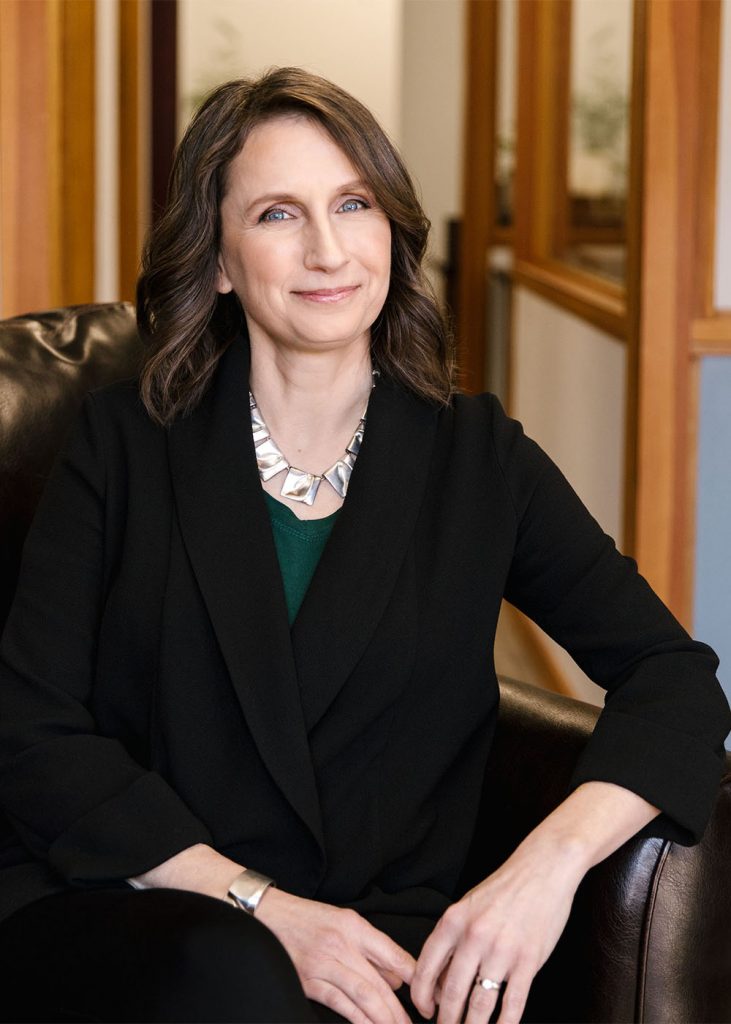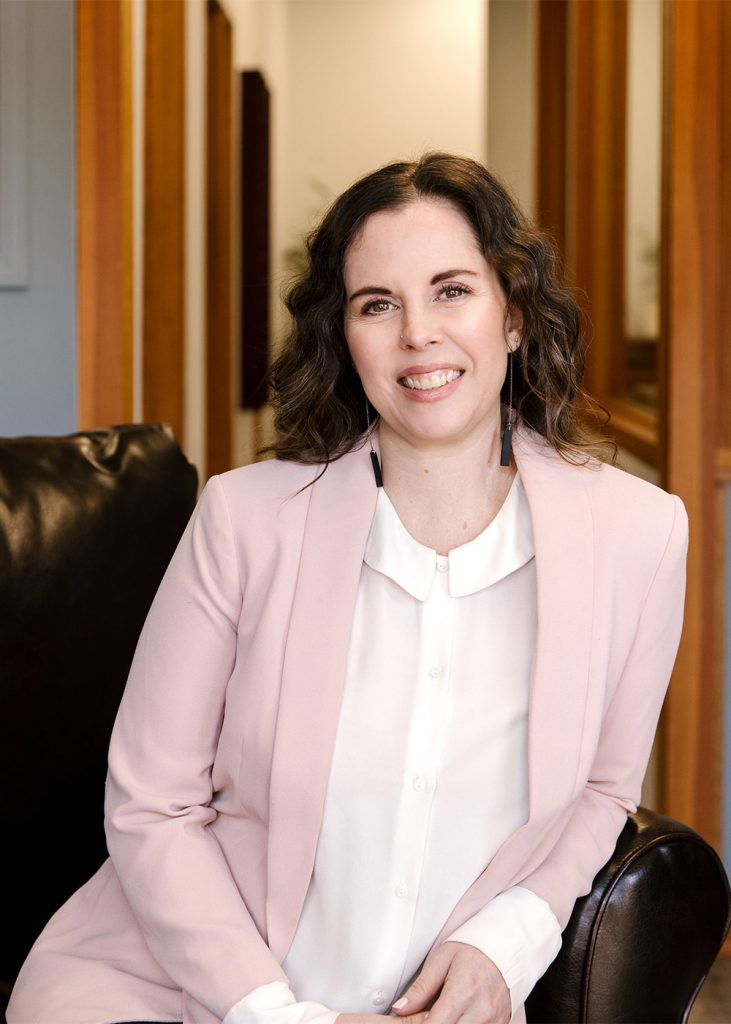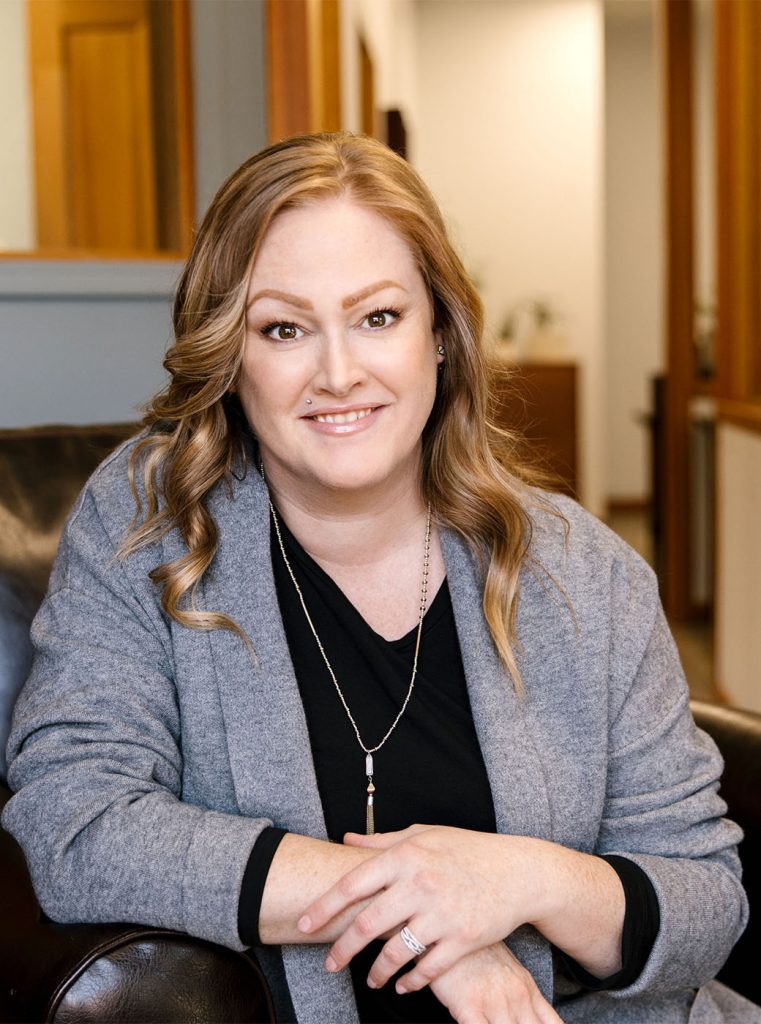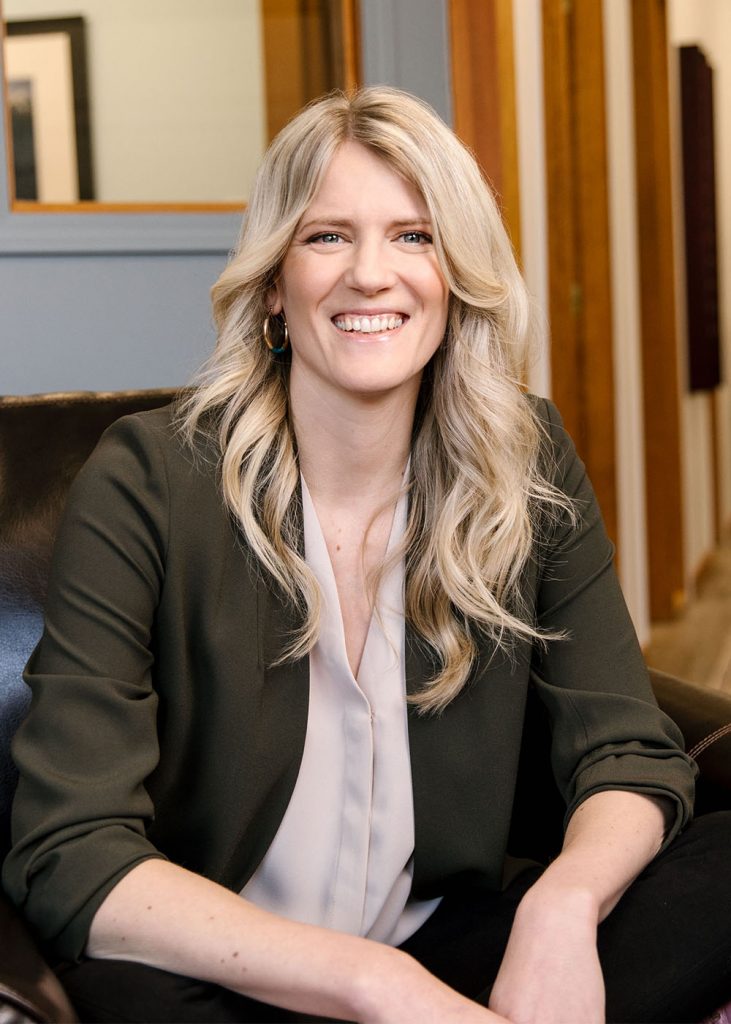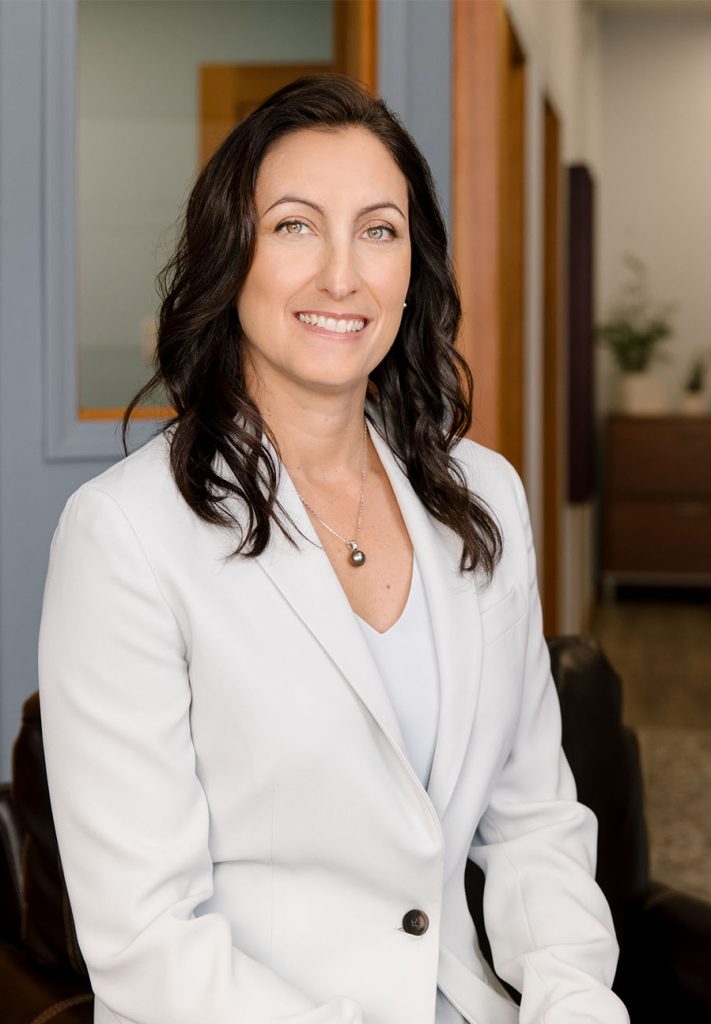A Registered Education Savings Plan (RESP) is a Canadian registered investment account that promotes saving to support a beneficiary’s post-secondary education. Anyone — parents, family and friends — can open a RESP as a “subscriber” for the benefit of a child. Invested contributions grow tax free.
When the time comes to withdraw funds for post- secondary education purposes, many subscribers wonder: is there a best approach to maximize the RESP’s value and minimize taxes?
An example: When Joe was born, his grandparents followed their wealth advisor’s advice and opened a RESP family plan for Joe, and other future grandchildren, to save for their post-secondary education. Their regular contributions, along with eligible government grants, were invested wisely and have grown steadily tax free over the years.
Now — in what seems like the blink of an eye — Joe will be off to his first year of university, and his grandparents want to withdraw from the RESP to support him during his first year. The RESP account administrator has asked for instructions on how to withdraw from the RESP, should it be taxable receipt, a non-taxable receipt or a combination?
The following withdrawal is a taxable income receipt:
- Educational Assistance Payments (EAPs), consist of the Canada Education Savings Grant (CESG), the Canada Learning Bond (CLB), provincial education savings grants (if applicable) and any earnings generated on the contributed funds within the RESP. The money can be used to pay for any “reasonable” expenses while the beneficiary is enrolled in a qualifying post-secondary program, including tuition, books, rent and food.
The following withdrawal is a non-taxable capital receipt:
- A tax-free return of contributions from the plan. There are two terms used to describe these capital withdrawals, depending on the beneficiary’s eligibility to receive EAPs:
- Post-Secondary Education Payment (PSE).
A PSE is a tax-free withdrawal of contributions made during the time a beneficiary is eligible to receive EAPs. It may be paid to the subscriber or beneficiary. No repayment of grants is required. - Withdrawal of Contributions. This term varies across institutions, but it is effectively a tax-free withdrawal of contributions made at a time when the beneficiary is not eligible to receive EAPs. The subscriber may withdraw their contributions, but may be required to repay some or all grant amounts in the RESP.
- Post-Secondary Education Payment (PSE).
Here are a few key considerations for Joe’s grandparents to help make the most of the RESP:
- Withdraw Educational Assistance Payments (EAPs) first
- EAPs are considered taxable income to the beneficiary for the year in which they are withdrawn. For this reason, it’s usually better to access EAP payments early in the student’s post-secondary career, when they are likely to have lower income and access to basic personal amount and tuition and education credits which may result in little to no tax payable on such withdrawals.
- Joe is eligible for EAP withdrawals while he is enrolled full-time or part-time in a qualifying post-secondary educational program and would remain eligible within a six-month period after leaving school (among other conditions).
Note: Withdrawals are limited to$8,000 for full-time students (or $4,000 for part-time students) during the first 13 weeks of post-secondary education. Once the 13 weeks have passed, any available amount of EAP can be withdrawn.
- Plan to withdraw contributions as Post-Secondary Education Payments (PSEs)
- The contributions Joe’s grandparents made to the RESP can continue to grow tax-free within the account but can be withdrawn from the plan at any time. For example, Joe may need additional funds beyond his EAP payments as he progresses through his program, so his grandparents should consider making a tax-free PSE withdrawal while he is enrolled and eligible.
- If Joe needs access to funds when he is not eligible for EAP payments – say he decides to take a year off school to work or travel – contributions can still be withdrawn tax-free, but the government grants associated with those contributions may need to be repaid.
- Transfer unused funds to another beneficiary or RRSP
- RESPs can remain open and continue to grow tax-free for 35 years, but occasionally a beneficiary will decide against or be unable to pursue post-secondary education. In this case with Joe, as he has a younger sister Kim, the contributions and accumulated growth in the RESP could easily transfer to his sister Kim.
Note: Joe’s CESG, CLB and provincial grants may only transfer in certain circumstances.
-
- It may also be possible to name another beneficiary to an individual or family RESP subject to certain rules and fees.
- If a transfer is not possible, it may be necessary to close the RESP. Original contributions are returned to the subscriber tax-free, and the CESG, CLB and provincial grants are returned to the government. Joe’s grandparents should know that any remaining income earned within the plan that cannot go to another beneficiary would be paid out to them as an Accumulated Income Payment (AIP) and taxed at their marginal tax rates in the year they receive it plus an additional 20% penalty if the RESP needed to be closed. For this reason, it’s a good idea for them to plan withdrawals carefully while Joe is still in school. They may be able to avoid the penalty and defer the taxes on the AIP by transferring the AIP to an RRSP account if they have the contribution room.
When withdrawing from an RESP, there are a variety of considerations to keep in mind, such as is this the first time the beneficiary is attending post-secondary education, are they attending full or part-time, and what makes the most sense – withdrawing EAP and/or PSE. This RESP decision tree outlines the different withdrawal options available depending upon the student’s circumstances.




